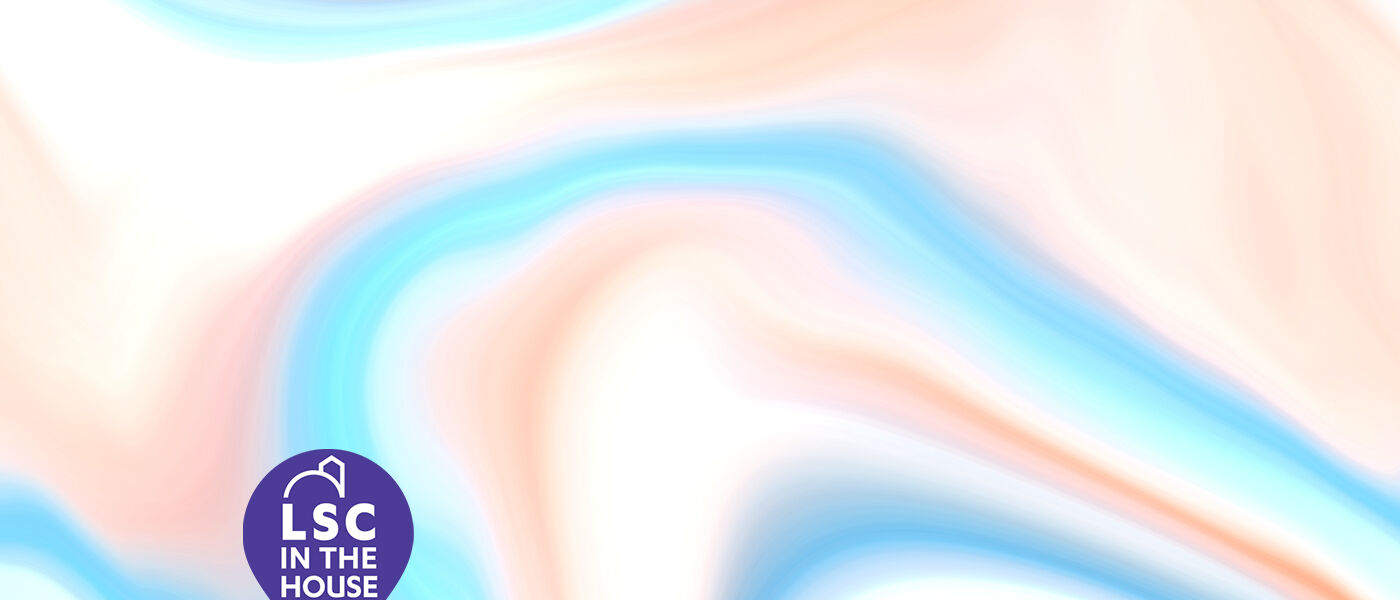Tie-Dyed Milk
Activity Time: 10 minutes
Recommended Grades: 1 - 8
Objective: Investigate homogenization at home! Younger scientists may need adult assistance.

- Food coloring (as many as you’d like)
- 1 cotton swab
- 1 small bowl
- Whole milk
- Dish soap

- Pour some of the milk into the small bowl—just enough to cover the bottom of the bowl.
- Allow the milk to settle for a few seconds until it is no longer moving.
- Add a couple drops of food coloring in any color of your choice. Make sure the drops are not clustered together or on top of each other. You can add drops of multiple colors if you'd like. Do not stir!
- Dip the tip of a cotton swab into the dish soap.
- Lightly touch the surface of the milk with the soap-dipped cotton swab near the area where the food coloring was placed and hold it there. Watch what happens!

You’re seeing homogenization in action. Homogenization is a process that makes something uniform, or similar. Molecules within a solution tend to cluster together with similar molecules. For example, fat molecules will cluster together with other fat molecules. Have you ever tried mixing oil and water together? The oil molecules cluster together to form a layer on top of the water. Milk is made of different types of molecules, including protein, fat, and water. The process of homogenization prevents milk from separating into layers of these molecules.
However, when milk sits out, fat molecules floating around in the solution will eventually come together. To see this process, we use the food coloring and dish soap for our experiment. Soap is specifically designed to break up fat in order to clean our dishes, which means it can break up the fats in the milk, causing them to move. The dish soap becomes a sort of bridge between the fat molecules in the milk and the water molecules in the food coloring. The soap causes the fat to rapidly break up and disperse around the surface of the milk. The results should look almost like tie-dye. The more colors you add, the more colorful it becomes!